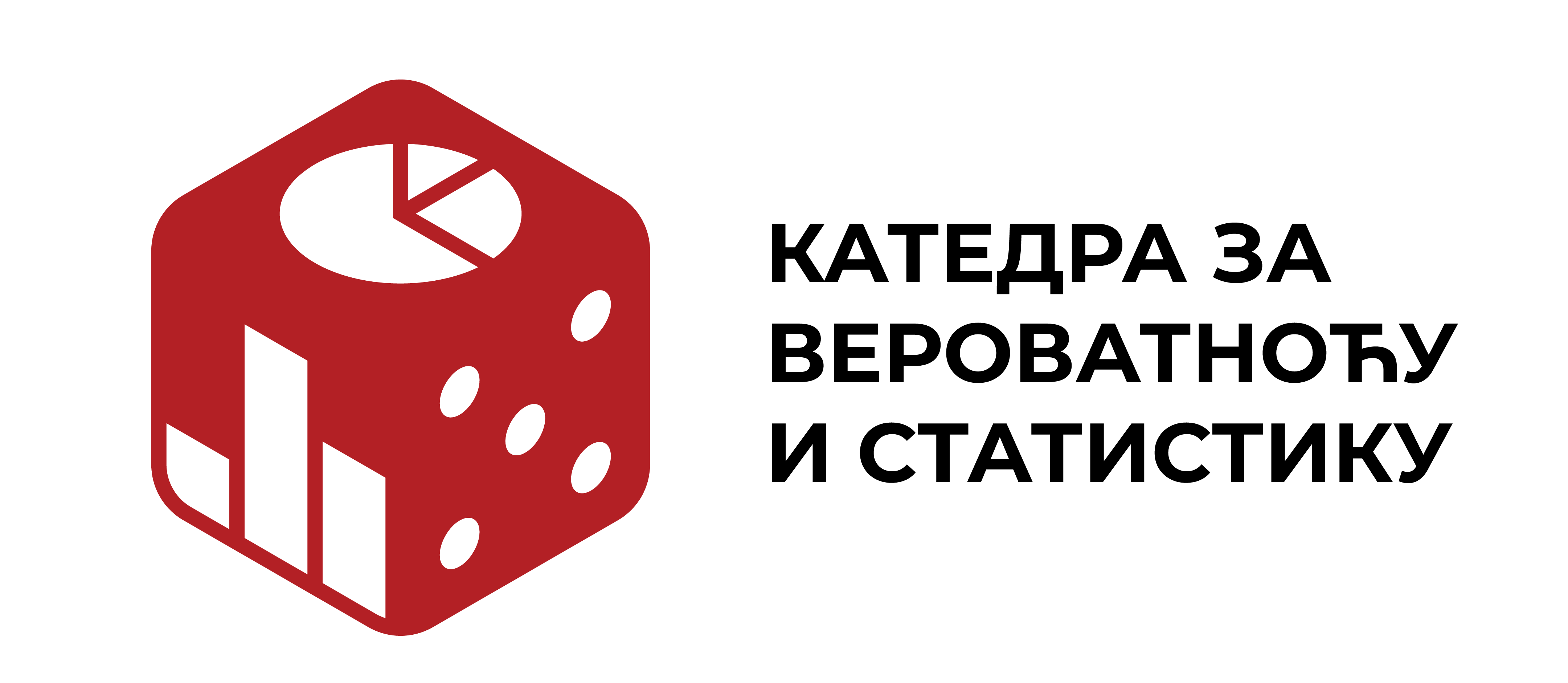
Call us now:
У петак, 6. октобра 2023. у 12 часова, у сали 706, биће одржано предавање: проф. др Драган Бањевић, Универзитет у Торонту
Неки аспекти теорије поузданости
Remaining Useful Life in Theory and Practice
Резиме: Remaining useful life (RUL) is of increasing interest in practice and in theory. Engineers use it mostly when they have to decide whether to do maintenance, or if they can delay it due to production requirements. They typically estimate an upper limit for the remaining life, not the expectation of the remaining life. It is commonly assumed in engineering that in later life the hazard function is increasing (wear-out period), in which case the expected RUL, μ(t), is decreasing. We discuss some well known, and some less known properties of RUL for the case of increasing hazard. It has been noticed in some case studies that the standard deviation of RUL, σ(t), also decreases, which was expected, but also that the ratio μ(t)/σ(t), which was a surprise. Starting with this observation, we have proved that under some general conditions, which include Weibull distribution with increasing hazard, this is indeed the case. Even more, we have proved that the limiting distribution (standardized) of the RUL is exponential, so that the variability of RUL is relatively high. Does this make RUL not very well suited for prediction? The inclusion of condition monitoring (covariates) in prediction of RUL will also be discussed.

